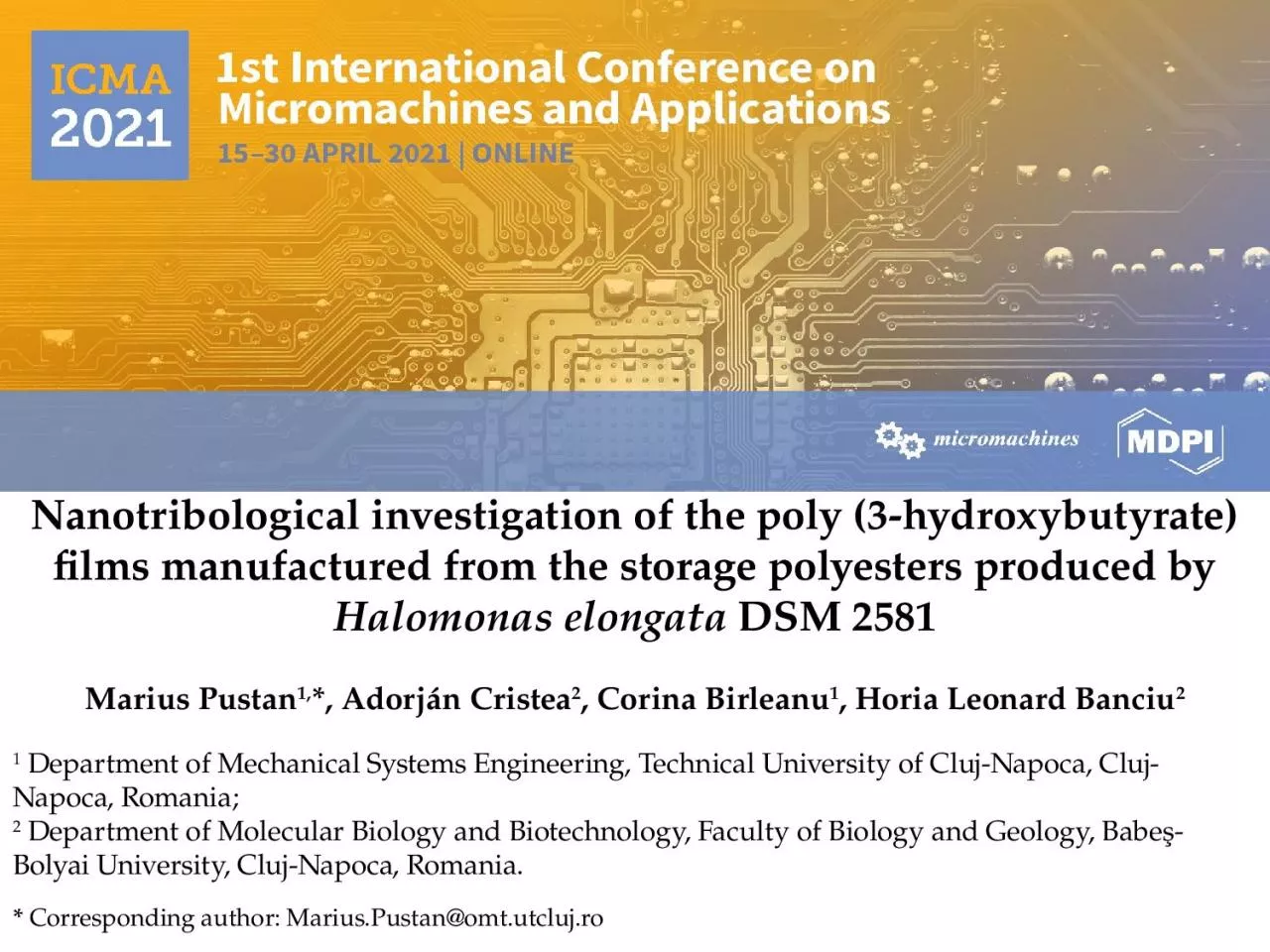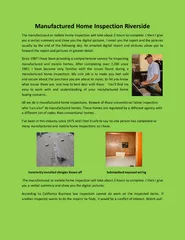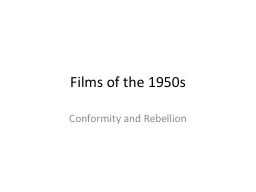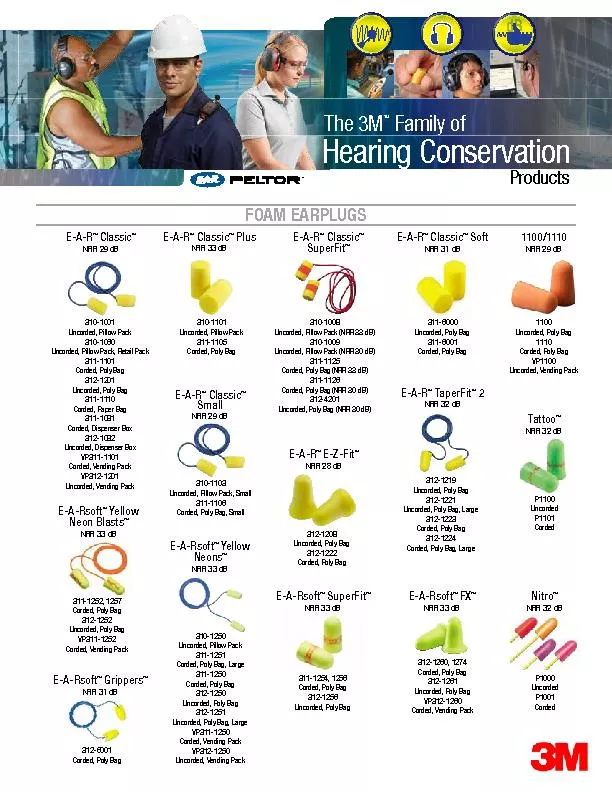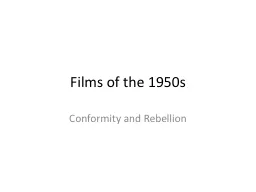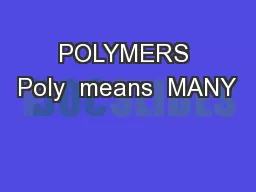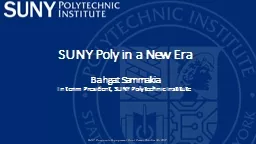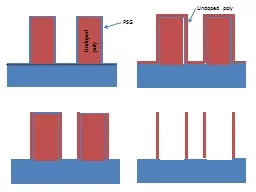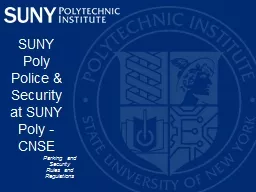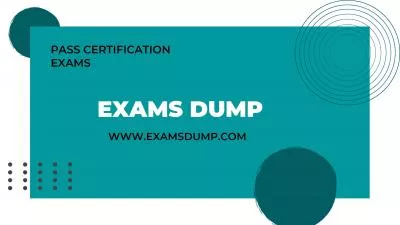PPT-Nanotribological investigation of the poly (3-hydroxybutyrate) films manufactured from
Author : PeacefulPassion | Published Date : 2022-08-02
Halomonas elongata DSM 2581 Marius Pustan 1 Adorján Cristea 2 Corina Birleanu 1 Horia Leonard Banciu 2 1 Department of Mechanical Systems Engineering Technical
Presentation Embed Code
Download Presentation
Download Presentation The PPT/PDF document "Nanotribological investigation of the po..." is the property of its rightful owner. Permission is granted to download and print the materials on this website for personal, non-commercial use only, and to display it on your personal computer provided you do not modify the materials and that you retain all copyright notices contained in the materials. By downloading content from our website, you accept the terms of this agreement.
Nanotribological investigation of the poly (3-hydroxybutyrate) films manufactured from: Transcript
Download Rules Of Document
"Nanotribological investigation of the poly (3-hydroxybutyrate) films manufactured from"The content belongs to its owner. You may download and print it for personal use, without modification, and keep all copyright notices. By downloading, you agree to these terms.
Related Documents

